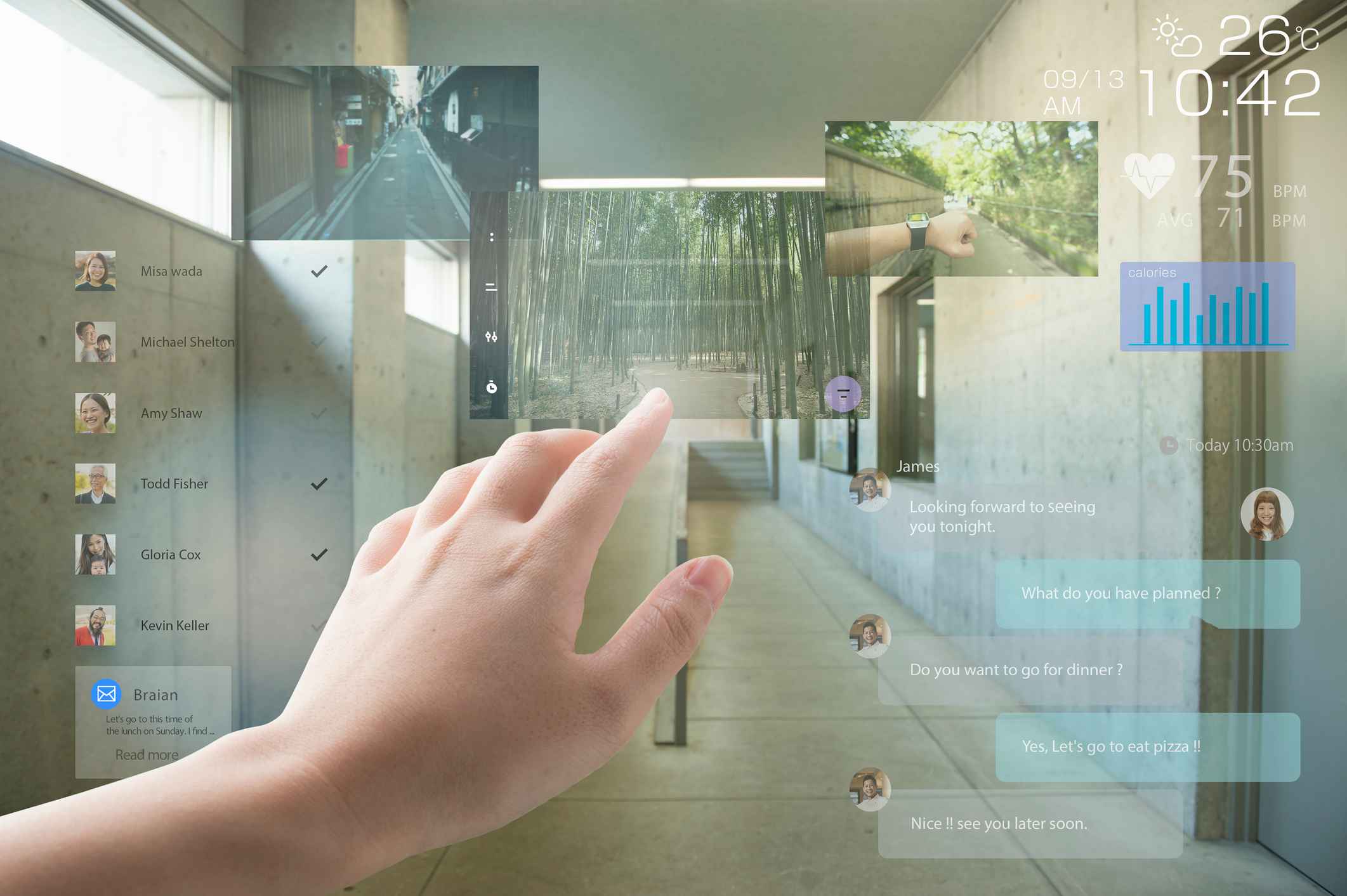
Always view it in English
Always view it in English
Sustainable architecture gives greater importance to the environment. It tales into account the efficiency of construction materials, building processes, urban planning and the impact that buildings will have on nature and society. The main objective of this type of architecture is to promote energy efficiency.
To do this, it aims to ensure that every building does not generate unnecessary use of energy, as well as being able to take advantage of the resources available in the surrounding area to be able to operate without having a negative impact on the environment.
This type of architecture arose as a response to the trend for sustainability. It aims to encourage a change of attitude in design and construction, while ensuring the preservation of the environment and respect for people's health.
That is why if there is going to be a change of attitude in the population, a debate needs to be generated with regard to sustainable architecture. In a forum entitled #SmartWomen which we organised in 2018, experts in the "smart city" gave their point of view and explained the latest trends for making the city of the future a reality. One of them, Julia Ayuso, Head of CBRE LAB, told us more about sustainability as an essential feature of architecture.
Each building has its own life cycle. It is projected, built, demolished. Sustainable architecture plans each building in such a way that it knows what resources will be required to build it and what resources and waste will remain when it is demolished.
The aim of sustainable architecture is for there to be a harmonious relationship between new technologies, aesthetics and the natural environment. This leads to the application of new features in the technological and construction sector in a project that ultimately respects nature and the urban landscape itself. All this without sacrificing the comfort of the inhabitants and responding to human needs in healthy conditions.
This relationship with the environment is reflected in the building itself. The aim is to preserve the natural landscape as much as possible, and this has led to green buildings, which have vertical gardens, together with other features.
The idea of including vegetation responds to another need, which is for human beings to block out solar radiation. This can also be done with window panes and awnings.
What we call green roofing consists of shallow-rooted plants that are grown over a waterproofing system. There can also be a rainwater collection system that helps prevent evaporation. The water is not only used to maintain plants, it can be re-used in the building itself once it has been filtered.
Another key feature of sustainable architecture is space efficiency. One of the most commonly used techniques is to build using an efficient flooring system and reducing the overall height of the building.
Flooring systems provide easier access to energy and communications and reduce the need for more space towards the ceiling. The result: A building that is lower than normally expected.
Fireproof walls, power poles and surface ducts are some of the most common features when looking for an efficient space.
When looking for greater efficiency also with regard to energy saving, with sustainable architecture the building is planned so that it uses as much natural daylight as possible. A design based on natural daylight will prevent excess electricity consumption.
The climate should also not be forgotten, because the choice of materials for construction will depend on it.
waste reduction is an idea that is applied during construction and during the life cycle of the building. It is important for this aspect to be well planned in order to minimise the environmental impact of the building as far as this is possible. In this regard, sustainable architecture pursues the idea of materials that can be re-used and reconfigured.
Materials that can be reused or reconfigured can have a future use and so reduce building waste. Systems need to be reconfigured in accordance with requirements and this is essential in order to achieve sustainability throughout the lifecycle of the infrastructure.





